Customer Company Size
Large Corporate
Region
- America
Country
- United States
Product
- JDA® Freight Order Management
- JDA® Monitor
- JDA® Shipment Execution
- JDA® Transporation Planning
Tech Stack
- JDA Software’s Intelligent Fulfillment™ solution
Implementation Scale
- Enterprise-wide Deployment
Impact Metrics
- Cost Savings
- Productivity Improvements
Technology Category
- Functional Applications - Transportation Management Systems (TMS)
Applicable Industries
- Food & Beverage
Applicable Functions
- Logistics & Transportation
Use Cases
- Fleet Management
- Supply Chain Visibility
Services
- System Integration
- Software Design & Engineering Services
About The Customer
Established in 1894, The Hershey Company is the largest producer of quality chocolate in North America and a global leader in chocolate and confectionery. With more than 13,000 employees and revenues in excess of $5 billion, the manufacturer offers iconic brands such as Hershey’s, Hershey’s Kisses, Ice Breakers, Kit Kat, Reese’s and Twizzlers. Hershey products are sold in more than 90 countries around the world. The company operates eight U.S.-based manufacturing facilities and has manufacturing partners across North America. Its five finished-goods distribution centers must handle more than two billion pounds in annual throughput in the U.S. and Canada. Additionally, Hershey ships over 100,000 outbound refrigerated truckloads per year.
The Challenge
The Hershey Company, a global leader in chocolate and confectionery, operates a complex and global supply chain. With eight U.S.-based manufacturing facilities, five finished-goods distribution centers, and over 100,000 outbound refrigerated truckloads per year, the company faced the challenge of reducing transportation costs while dealing with increased fuel charges. The company's supply chain had to handle more than two billion pounds in annual throughput in the U.S. and Canada, and its products were sold in more than 90 countries around the world. As part of Project Greenlight, an overall transportation initiative launched in 2007, Hershey decided to invest in transportation-related process and technology improvements that would deliver a high return on investment.
The Solution
To improve its transportation planning processes, Hershey set objectives to consolidate inbound raw materials with outbound finished goods volume, tender continuous moves, improve capacity utilization, reduce the company’s empty miles/carbon footprint, and generate overall synergies for Hershey and its trading partners. Hershey laid out a two-phased plan in late 2007. The first phase introduced the planning and execution of continuous moves, linking together full truckload movements between Hershey facilities to generate a lower per-mile rate. The second part of the project was designed to take control of select inbound freight from vendors and integrate Hershey’s inbound and outbound transportation operations. To enable these objectives, Hershey upgraded to the latest version of JDA Transportation Planning and implemented JDA Freight Order Management for inbound-load visibility. Hershey partnered with JDA Services to achieve its transportation improvement objectives.
Operational Impact
Quantitative Benefit

Case Study missing?
Start adding your own!
Register with your work email and create a new case study profile for your business.
Related Case Studies.

Case Study
The Kellogg Company
Kellogg keeps a close eye on its trade spend, analyzing large volumes of data and running complex simulations to predict which promotional activities will be the most effective. Kellogg needed to decrease the trade spend but its traditional relational database on premises could not keep up with the pace of demand.
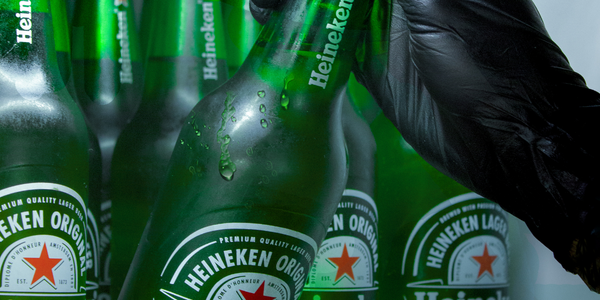
Case Study
HEINEKEN Uses the Cloud to Reach 10.5 Million Consumers
For 2012 campaign, the Bond promotion, it planned to launch the campaign at the same time everywhere on the planet. That created unprecedented challenges for HEINEKEN—nowhere more so than in its technology operation. The primary digital content for the campaign was a 100-megabyte movie that had to play flawlessly for millions of viewers worldwide. After all, Bond never fails. No one was going to tolerate a technology failure that might bruise his brand.Previously, HEINEKEN had supported digital media at its outsourced datacenter. But that datacenter lacked the computing resources HEINEKEN needed, and building them—especially to support peak traffic that would total millions of simultaneous hits—would have been both time-consuming and expensive. Nor would it have provided the geographic reach that HEINEKEN needed to minimize latency worldwide.
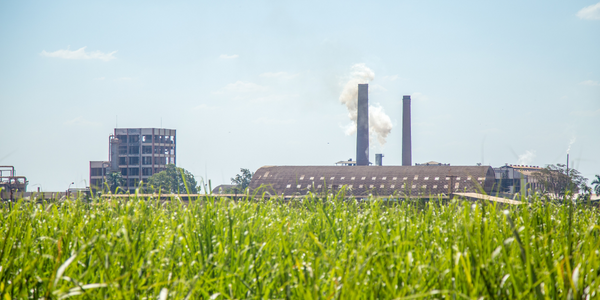
Case Study
Energy Management System at Sugar Industry
The company wanted to use the information from the system to claim under the renewable energy certificate scheme. The benefit to the company under the renewable energy certificates is Rs 75 million a year. To enable the above, an end-to-end solution for load monitoring, consumption monitoring, online data monitoring, automatic meter data acquisition which can be exported to SAP and other applications is required.
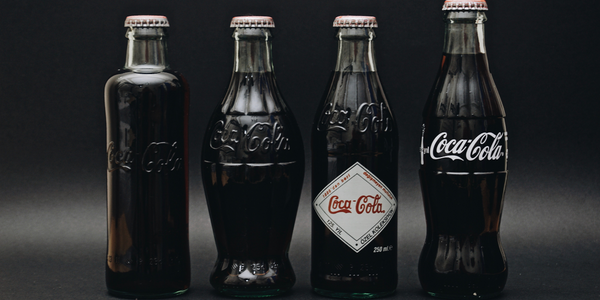
Case Study
Coca Cola Swaziland Conco Case Study
Coco Cola Swaziland, South Africa would like to find a solution that would enable the following results: - Reduce energy consumption by 20% in one year. - Formulate a series of strategic initiatives that would enlist the commitment of corporate management and create employee awareness while helping meet departmental targets and investing in tools that assist with energy management. - Formulate a series of tactical initiatives that would optimize energy usage on the shop floor. These would include charging forklifts and running cold rooms only during off-peak periods, running the dust extractors only during working hours and basing lights and air-conditioning on someone’s presence. - Increase visibility into the factory and other processes. - Enable limited, non-intrusive control functions for certain processes.
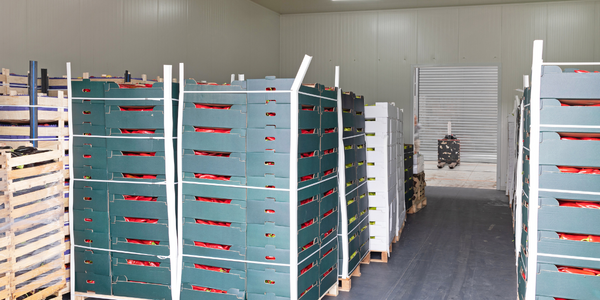
Case Study
Temperature Monitoring for Restaurant Food Storage
When it came to implementing a solution, Mr. Nesbitt had an idea of what functionality that he wanted. Although not mandated by Health Canada, Mr. Nesbitt wanted to ensure quality control issues met the highest possible standards as part of his commitment to top-of-class food services. This wish list included an easy-to use temperature-monitoring system that could provide a visible display of the temperatures of all of his refrigerators and freezers, including historical information so that he could review the performance of his equipment. It also had to provide alert notification (but email alerts and SMS text message alerts) to alert key staff in the event that a cooling system was exceeding pre-set warning limits.
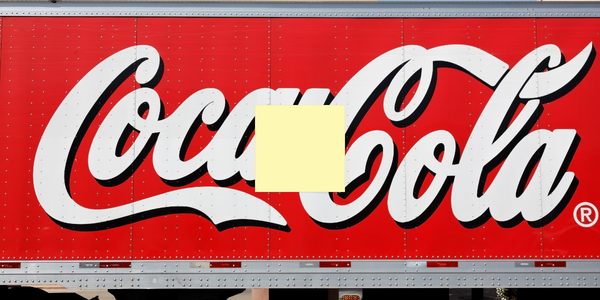
Case Study
Coca-Cola Refreshments, U.S.
Coca-Cola Refreshments owns and manages Coca-Cola branded refrigerators in retail establishments. Legacy systems were used to locate equipment information by logging onto multiple servers which took up to 8 hours to update information on 30-40 units. The company had no overall visibility into equipment status or maintenance history.







